No doubt you're all acquainted with the story, I'll allow
That's told of Mrs. O'Leary, and the doings of her cow.
This cow was tired of city life and wanted country air —
To be locked up in Chicago was more than she could bear.
So one dark night when the folks were all in bed,
Mrs. O'Leary left a lighted lamp out in the old cow shed;
The cow kicked it over and winked her eye, and said,
"There'll be a hot time in Chicago tonight.*
The fire that started in or near Mrs. O’Leary’s barn on the southwest side of Chicago on October 8, 1871, rapidly spread through the city. In 24 hours, the fire burned through 4 square miles, leaving 300 dead, 100,000 people homeless, and 17,500 buildings destroyed. Although the fire may have been initiated in the barn, the extent of the fire was not the fault of Mrs. O’Leary or her cow. The raging fire was a consequence of a combination of conditions.
In 1871 most of Chicago was constructed from wood — about 90% of the buildings were made of wood, connected by wooden streets flanked by wooden sidewalks. This combustible construction was then exacerbated when the preceding summer was incredibly hot with very low rainfall. These circumstances created the perfect conditions to fuel a fire.
The response to the Great Chicago Fire was to rebuild a new urban center, bigger businesses, and buildings of innovative and bold design. New laws were passed requiring buildings to be constructed with stone, marble, brick and limestone all just in time for Chicago to showcase its new architecture as the host of the 1893 World Fair. Over 27 million visitors came to Chicago, and the world was impressed. The fair elevated Chicago as a major influential city for progressive architects, prompting further urbanization and establishing the city as a major economic hub.
There was a contest to design an image typical of the city before the World Fair — what today we’d likely commission as the city logo. The Chicago Tribune ran the contest and Alfred J. Roawad an architect and civil engineer designed the winning emblem: a “Y” within a circle representing the branches of the Chicago River. The symbol was adopted throughout the city, and today the Y can be found in all sorts of places in Chicago’s buildings — if you know to look for it.
One such place is Chicago’s first central public library, constructed in 1897. The library building was designed to impress. In keeping with the new fire laws, rare marbles and coloured stones were incorporated into the library design, and the interior featured the world’s largest stained glass Tiffany dome. The dome was designed with 30,000 pieces of glass and spans 38 feet in diameter. There’s no record of Karl visiting the library, and although the city was booming, most of the significant construction and celebrated architecture in Chicago occurred after his departure.
The construction of those buildings occurred after 1900 that we immediately associate with Chicago — Marshall Field Building, Navy Pier, Wrigley Building, Chicago Theatre, John Hancock Centre, Willis Tower, NBC Tower, and Millennium Park. Today, it is not unusual for tourists to visit Chicago solely for the architecture. The city offers architectural tours on foot or on the river, museums dedicated to design, and the ability for everyone to enjoy the architecture of Chicago simply by wandering through the city.
In a big city like Chicago, there would be buildings present during Karl’s visit in 1899 that are still standing and conversely buildings that have been demolished, destroyed, or simply replaced with something new. But what I find more interesting between our respective visits is less related to Chicago’s architecture and more related to Chicago’s Architects.
Towards the end of the 19th Century, schools of architecture started to allow women to attend. Although the field continues to be predominantly male-dominated, there have been significant changes recognizing the talents of skilled female architects, especially in Chicago.
The newest building under construction during my visit to Chicago is the St. Regis. Designed by local Architect Jeanne Gang, the 101 stories will make it the tallest structure in the world designed by a woman. Ironically, the second tallest woman-designed building is the Aqua Tower, also in Chicago, also designed by Gang. Gang cites her style as “taking ordinary materials and making extraordinary buildings” and is recognized as one of the most preeminent architects of the 21st century. The St. Regis building will be Gang’s 24th project, a woman leading the architectural design in her hometown.
So, although Mrs. O’Leary and her cow were officially exonerated in 1997 of any guilt related to the fire, it was the event that catapulted Chicago into a city with renowned world-class architecture. Today, Architects like Jeanne Gang will continue to design beyond the conventional boundaries and further evolve the architecture in Chicago — and in this regard, it’s certainly a hot time in Chicago for female Architects.
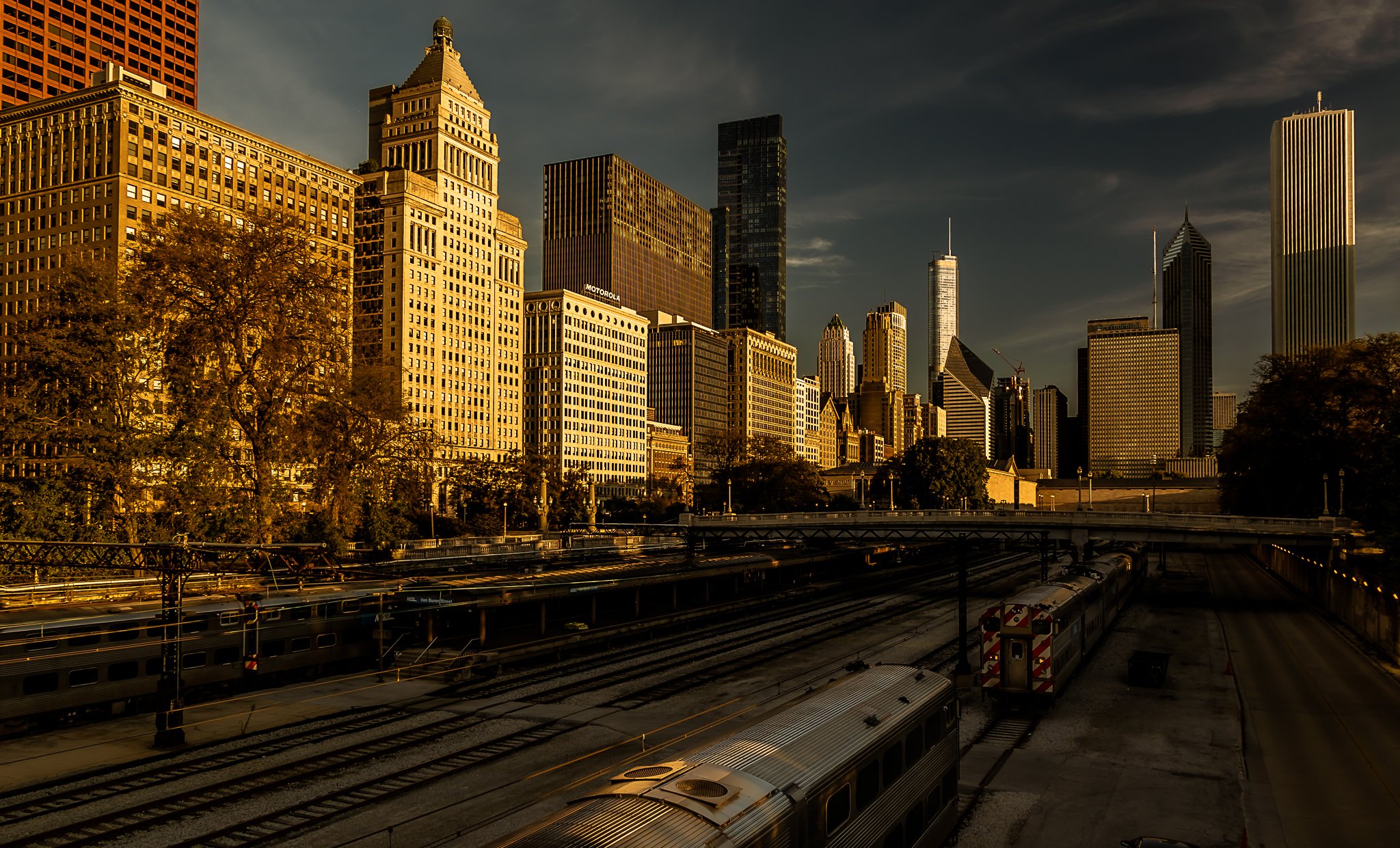
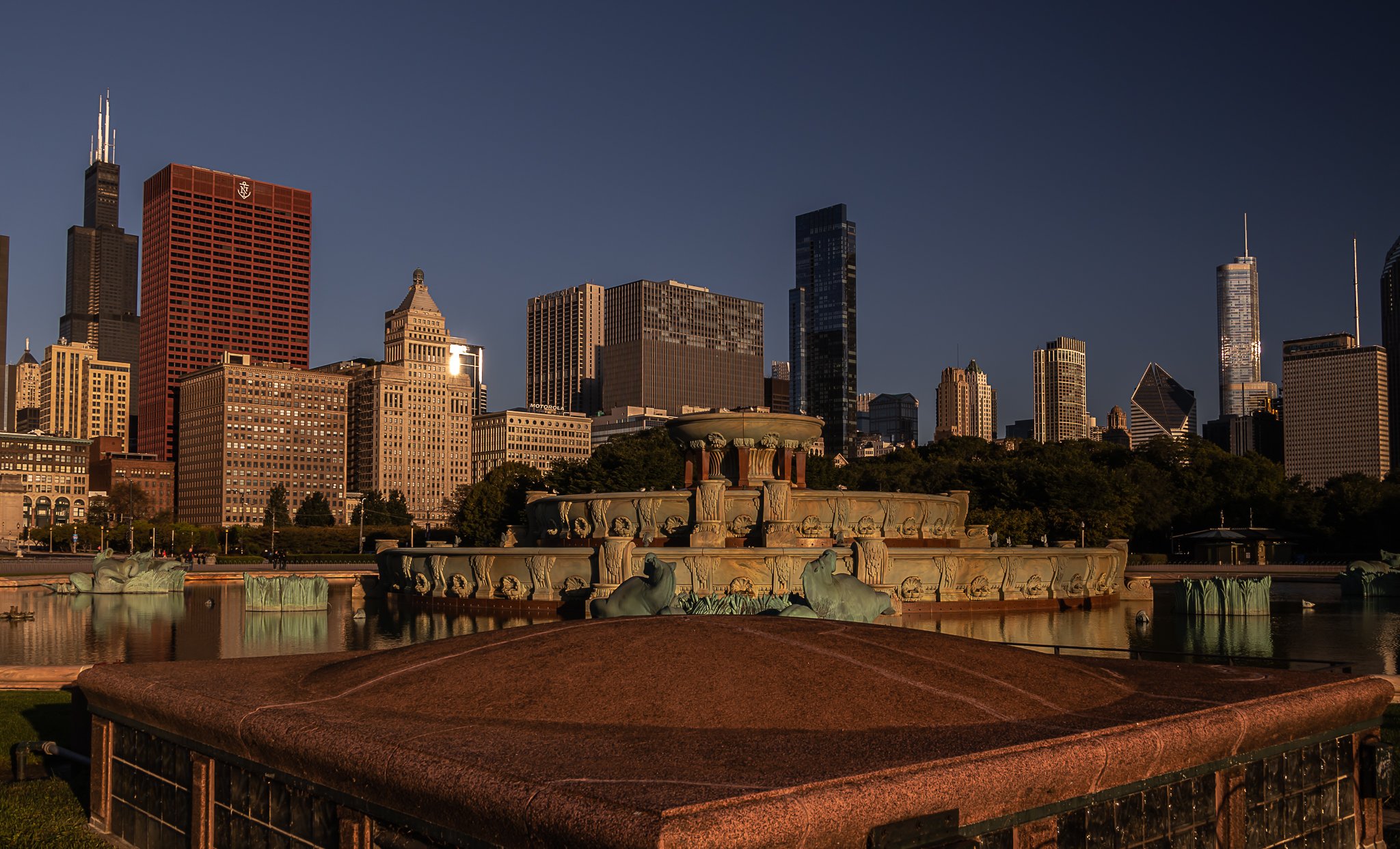
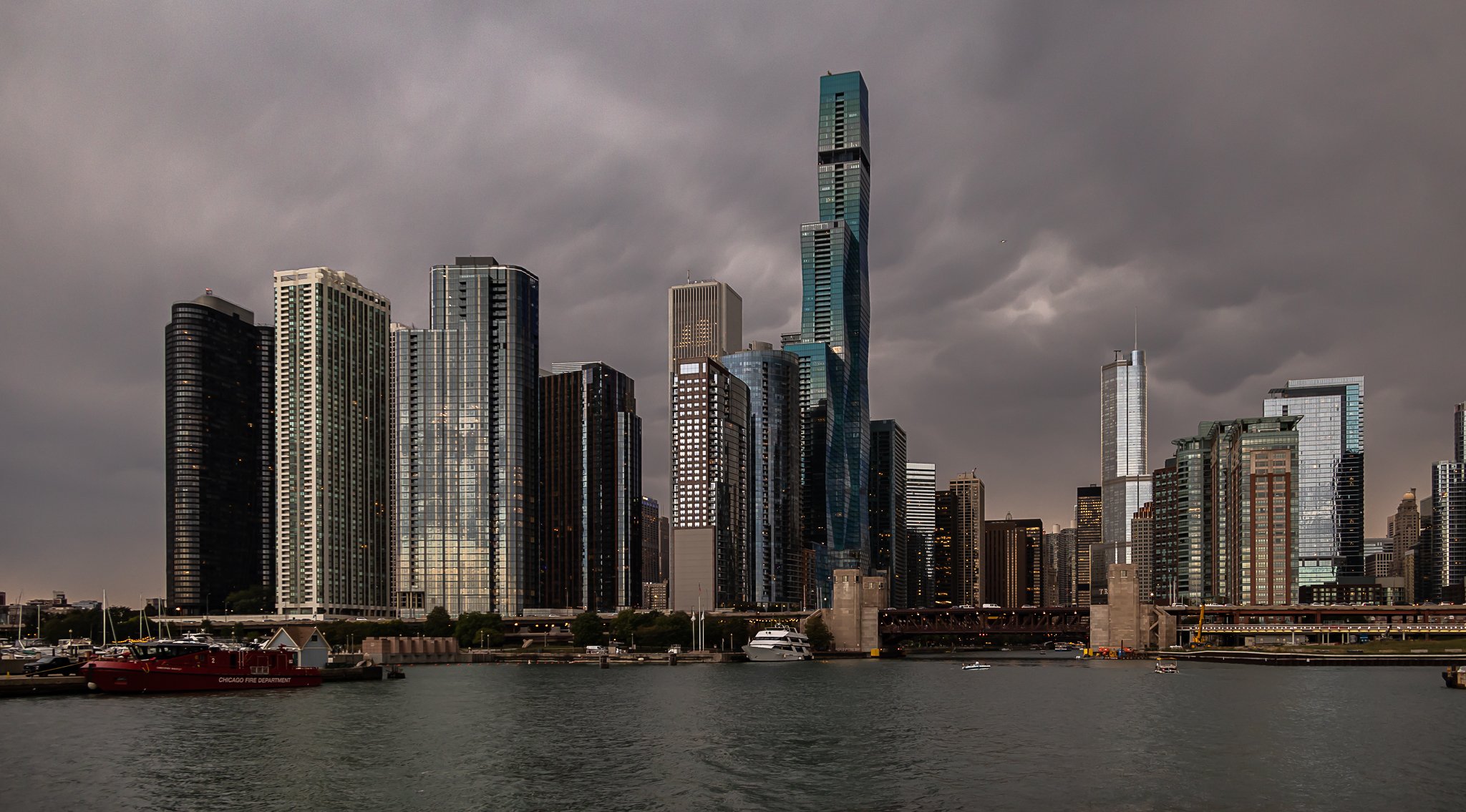
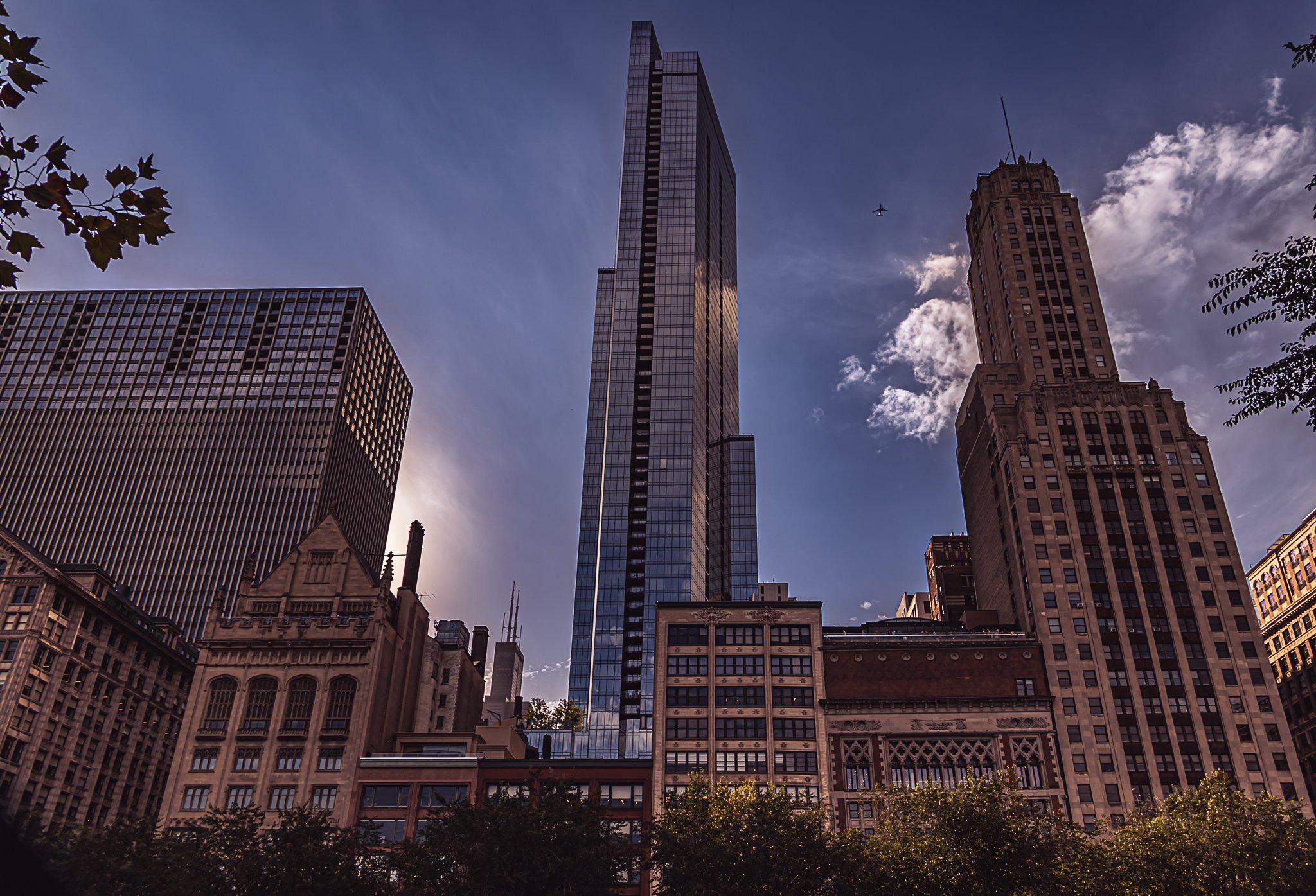
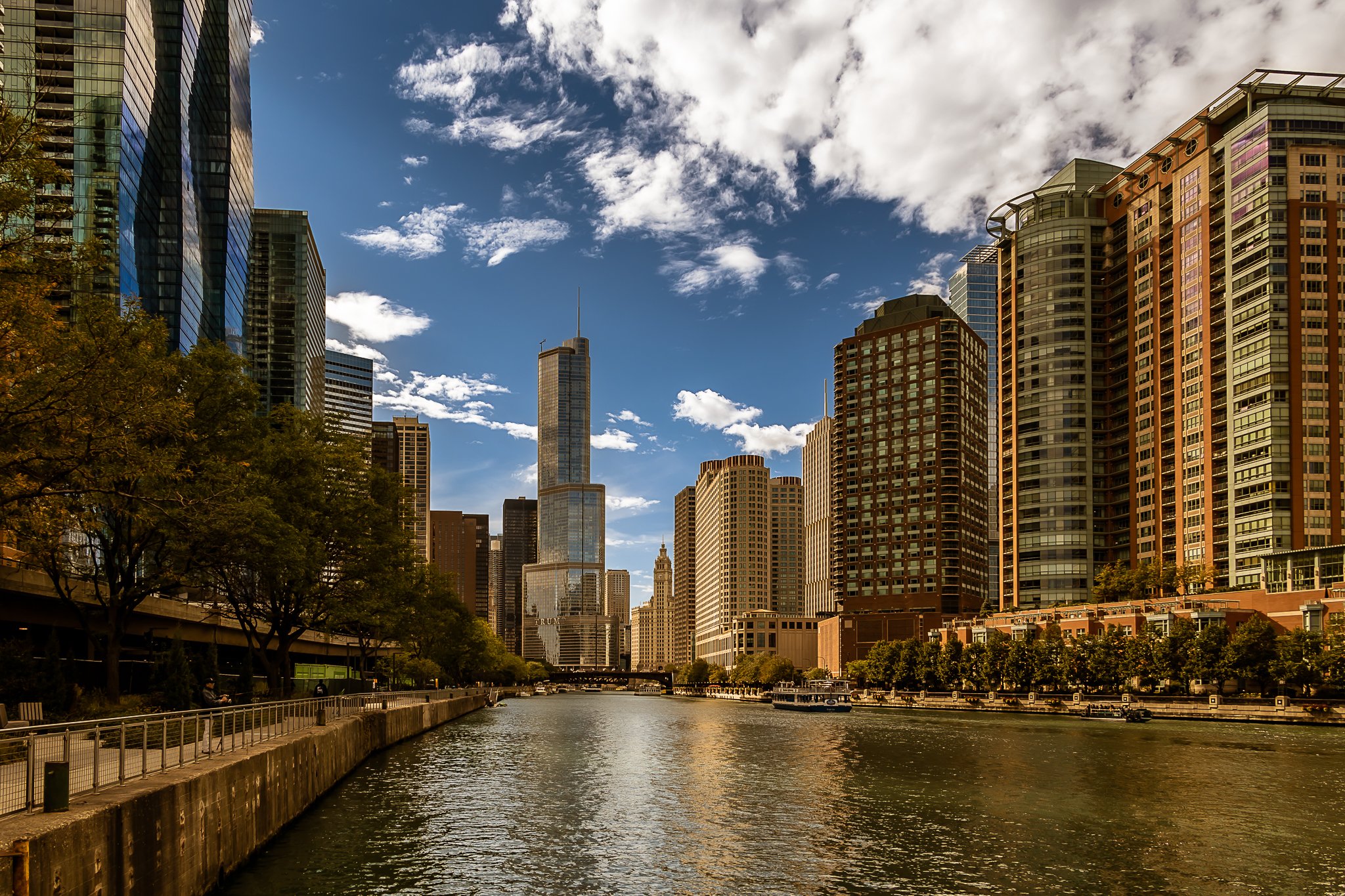
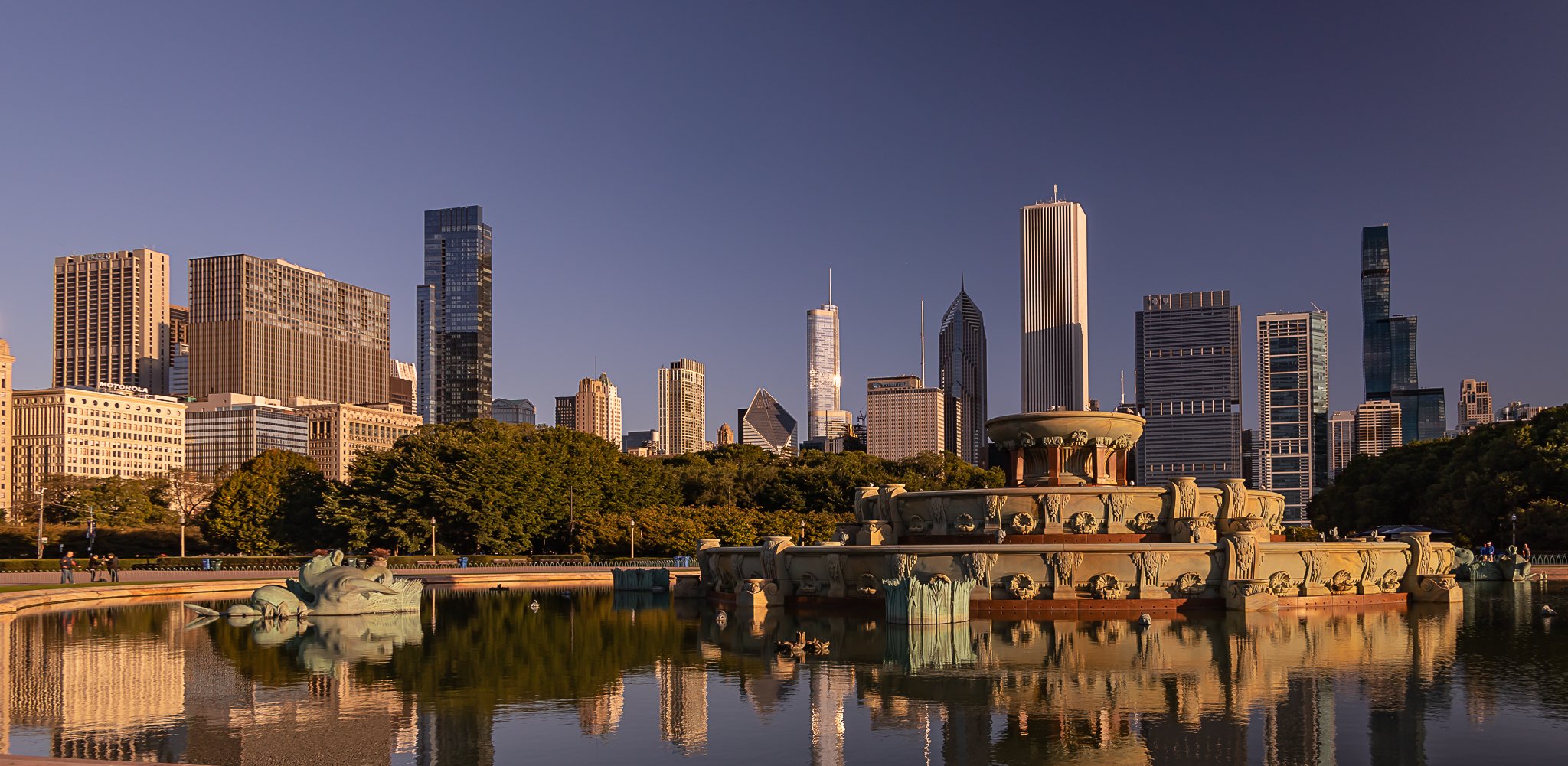
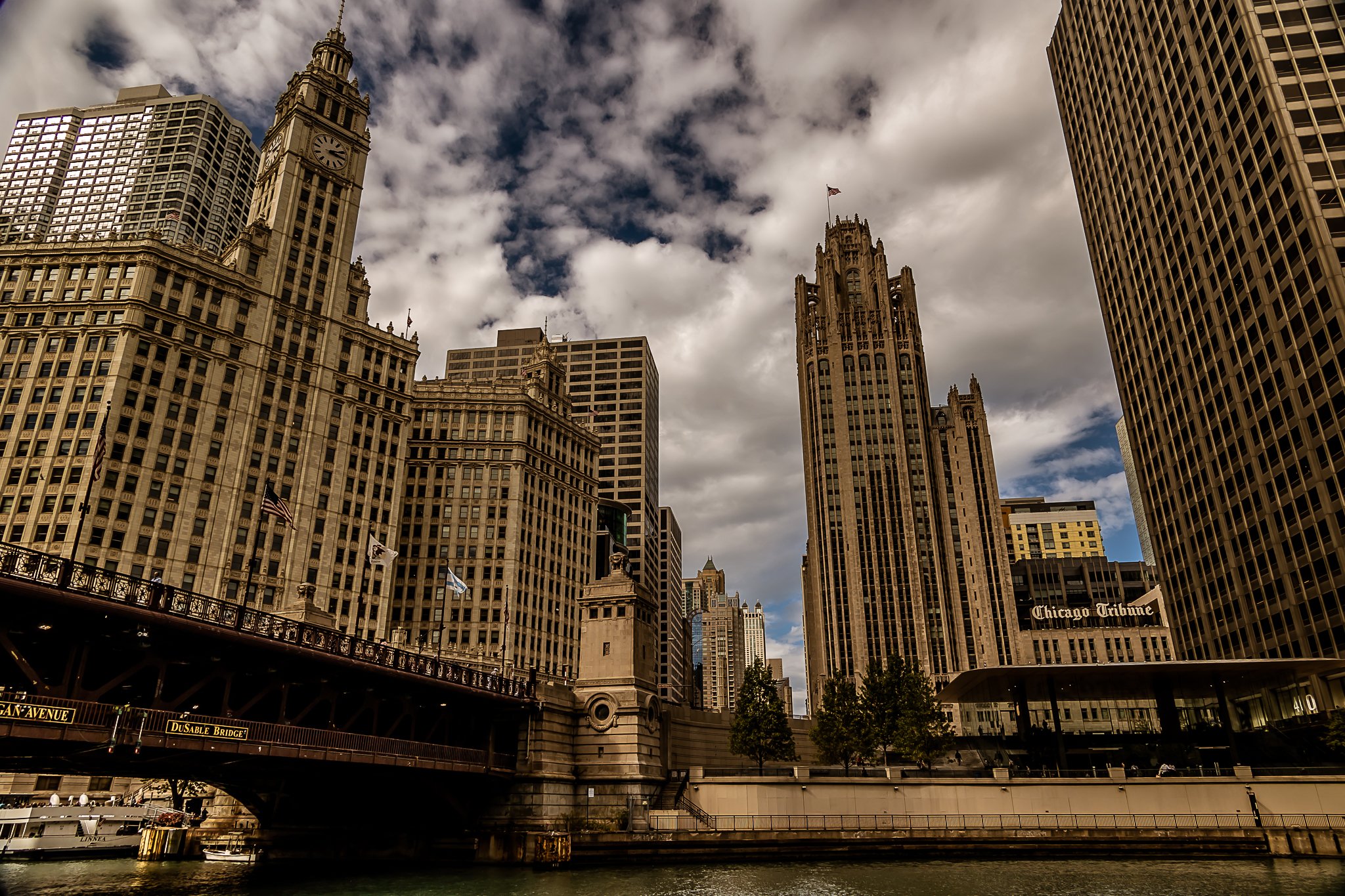

*Written by Flossie Nash, published in the Independent Record, Montana, March 21, 1898


